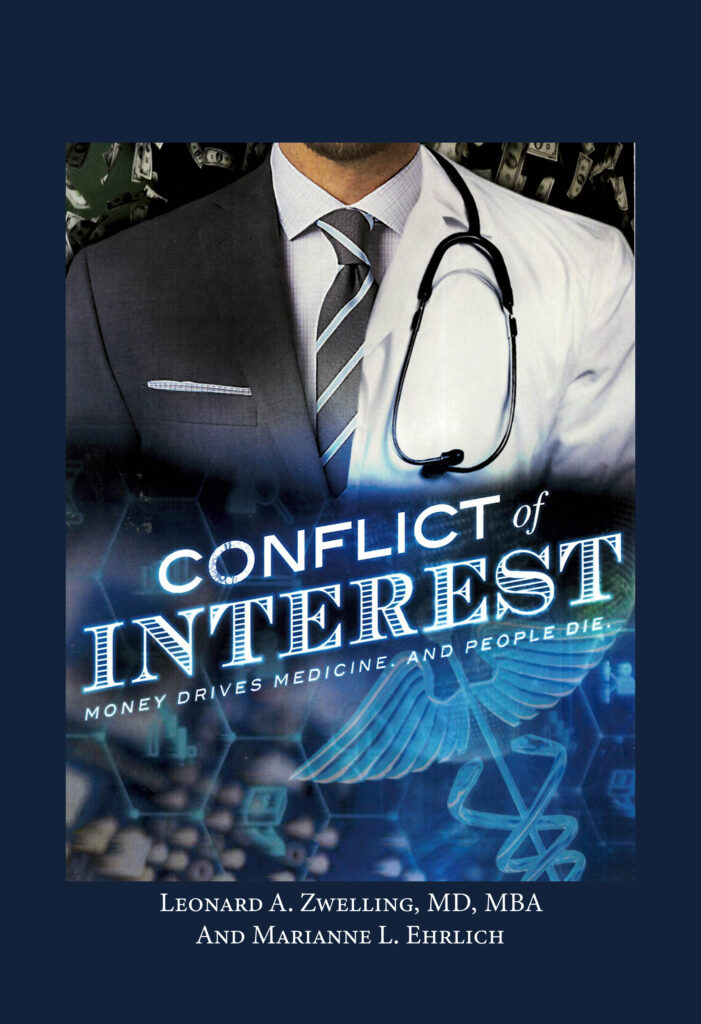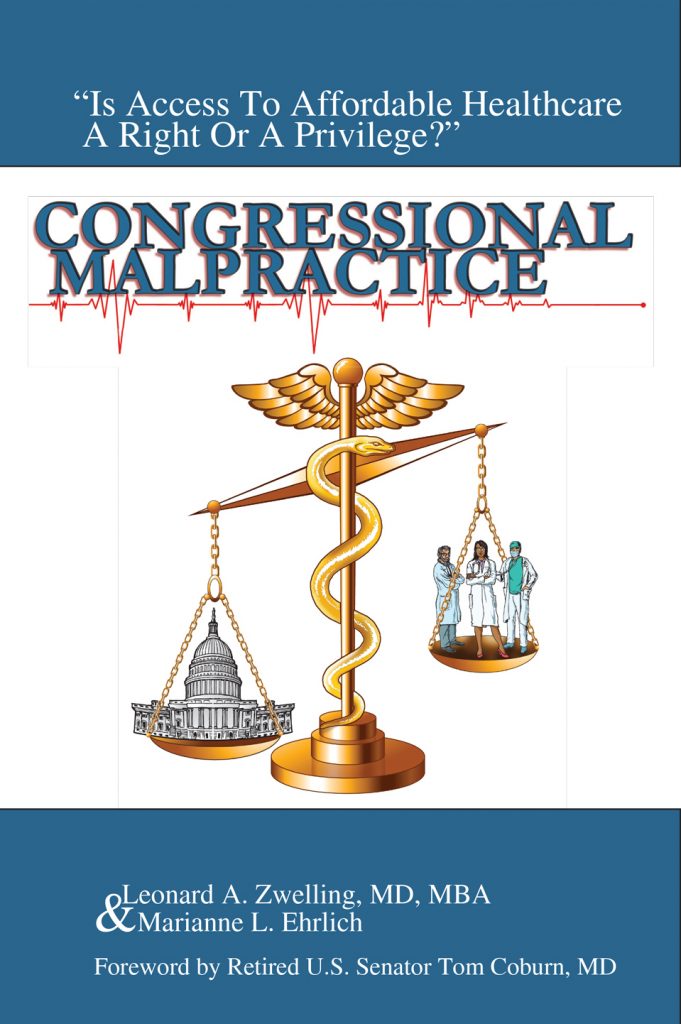Health Care Reform And MD Anderson: Can The ACA Explain Some Of The Financial Problem?
By
Leonard Zwelling
Abby Goodnough and Robert Pear authored this long feature in the NY Times on January 3 that describes the lasting effects of the Affordable Care Act. These are the effects that even the GOP pledge to repeal and replace the President’s signature legislative achievement may not be able to reverse. In essence these are the financial aspects of the health care law including how we Americans pay for care, how much and for what providers are reimbursed, and whether or not the ACA actually had an effect on the overall costs of health care in America.
For the most part, up until recently, health care was paid for by insurance for most Americans. It still is, but that insurance comes from more places now.
A great number of Americans got insurance through their places of employment. Others, primarily older Americans, were part of Medicare and a large number received Medicaid a joint federal and state program that was to be widely expanded by the ACA, but was enlarged less than Mr. Obama had planned when the Supreme Court rendered this part of the law (Medicaid expansion) optional for the states. Nonetheless, even states with Red governors like Indiana, whose current governor is about to become Vice President, expanded Medicaid to the benefit of many in the state. So first, more Americans got access to health insurance under ObamaCare than had had access prior to March of 2010 through the expansion of Medicaid, the elimination of pre-existing conditions as a way to discriminate, and the creation of the exchanges through which people who are otherwise uninsured can buy coverage. The exchanges were made more acceptable as many acquiring insurance through this method also got subsidies to pay for the coverage.
Providers used to be reimbursed for what they did. The more they did, the more they made. The incentives were always there to order the extra test or x-ray or do the elective surgery if it could be justified. That’s changing as the Times article reveals. Actual quality measures have been put into place in some delivery systems. Keeping people out of the hospital has become a critical goal of providers. Doing less and getting more for doing less has become the watchword in Indiana.
Finally, there are suggestions that the ACA may be lowering overall health care costs in the United States or at least slowing the rate of cost increase.
These are all good things—unless—you are trying to make money for other things (e.g., drug development) through the provision of high quality, highly specialized, very expensive cancer care. Therein may lie the problem for the academic cancer centers that thrived on “the more you do, the more you make” model and are now not being rewarded to the same extent as previously.
It is not even obvious that the leadership of MD Anderson understands the changing environment. These leaders continue to urge clinicians to encourage their patients to get prolonged care at Anderson involving multiple blood tests and x-rays of putative higher quality. But is that true? Why should a patient from Kentucky receiving conventional chemotherapy who came to Anderson for a consult travel back to Houston when it is likely that the drugs and the associated care needed for the best possible clinical outcome can be obtained in Louisville or Lexington?
The MD Anderson business model is broken. Frequent visits to Anderson for routine cancer care is not in keeping with the latest trends in care throughout the country and ObamaCare is partly responsible for raising the consciousness of providers to the need for some economic considerations in their strategic planning.
MD Anderson would be better off shrinking dramatically at 1515 Holcombe and limiting the care it gives in the Texas Medical Center to those who uniquely need its specialized skills like surgery, radiotherapy and experimental drug therapy.
Should Anderson provide routine cancer care for Houstonians? Maybe. But that could be given at satellite institutions around town without the huge fixed costs of 21,000 employees and all those buildings in the TMC. If MD Anderson wants to provide routine cancer care for people in Kentucky, it can continue expanding its network of partnerships but it’s a crowded market out there, even in Kentucky. Is that really needed? Is it wise?
MD Anderson has grown into a behemoth of patient care using its clinical revenue to stoke the needs of the investigators and educators. That may not be a primary concern for the American health care system. It may well be that this stretching of resources to provide every conceivable type of cancer care, including routine four-drug chemotherapy for Hodgkin’s Disease has outlived its utility. It certainly is no way to pay for research done more efficiently by a pharmaceutical company.
It may be time for the UT leadership in Austin to take a hard look at what MD Anderson really ought to be doing and what it need not do and adjust accordingly. My guess is that the profit and loss statement would shape up very quickly if the Chancellor and the Board of Regents started paying attention.




